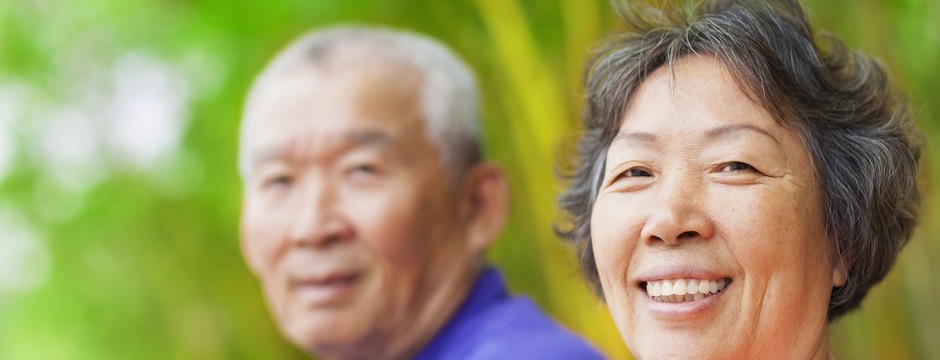Welcome to Self-Help for the Elderly!
Since 1966, Self-Help for the Elderly has provided assistance and support to seniors in the San Francisco area. We provide trustworthy and devoted care for seniors to promote their independence, dignity and self-worth. Our non-profit services and companionship help guide seniors to wellness and happiness. We want to contribute to longer, healthier, more purposeful lives for seniors.
Contact Self-Help for the Elderly for Adult Day Care, Assisted Living, Assisted Living Facilities, Caregivers, Caregiving, Commercial Cleaning Services, Elder Care Services, Elderly Care, Home Care Assistance, Home Health Care, Hospice Care, House Cleaning Services, Housekeeping Jobs, In-Home Care, Independent Living, Job Training Programs, Senior Care, Senior Housing, and Social Services. Proudly supporting the areas of Chinatown, Daly City, Marina District, Mission District, Nob Hill, Noe Valley, Oakland, Pacific Heights, Richmond District, San Francisco, San Jose, San Mateo, Sunset District, and surrounding areas.
GET IN TOUCH TODAY FOR MORE INFORMATION
Contact Self-Help for the Elderly for Adult Day Care in Chinatown, Assisted Living in Chinatown, Assisted Living Facilities in Chinatown, Caregivers in Chinatown, Caregiving in Chinatown, Commercial Cleaning Services in Chinatown, Elder Care Services in Chinatown, Elderly Care in Chinatown, Home Care Assistance in Chinatown, Home Health Care in Chinatown, Hospice Care in Chinatown, House Cleaning Services in Chinatown, Housekeeping Jobs in Chinatown, In-Home Care in Chinatown, Independent Living in Chinatown, Job Training Programs in Chinatown, Senior Care in Chinatown, Senior Housing in Chinatown, Social Services in Chinatown, and in surrounding areas.
Below is some general information about Chinatown:
The Chinatown centered on Grant Avenue and Stockton Street in San Francisco, California, is the oldest Chinatown in North America and the largest Chinese community outside Asia. It is the oldest of the four notable Chinatowns in the city. Since its establishment in 1848, it has been highly important and influential in the history and culture of ethnic Chinese immigrants in North America. Chinatown is an enclave that continues to retain its own customs, languages, places of worship, social clubs, and identity. There are two hospitals, numerous parks and squares, a post office, and other infrastructure. Visitors can easily become immersed in a microcosmic Asian world, filled with herbal shops, temples, pagoda roofs and dragon parades. While recent immigrants and the elderly choose to live in here because of the availability of affordable housing and their familiarity with the culture, the place is also a major tourist attraction, drawing more visitors annually than the Golden Gate Bridge.
Within Chinatown there are two major thoroughfares. One is Grant Avenue, with the Dragon Gate (aka “Chinatown Gate” on some maps; in Bush St & Grant Ave, San Francisco, California 94108) on the intersection of Bush Street and Grant Avenue; St. Mary’s Square with a statue of Dr. Sun Yat-Sen by Benjamin Bufano; a war memorial to Chinese war veterans; and stores, restaurants and mini-malls that cater mainly to tourists. The other, Stockton Street, is frequented less often by tourists, and it presents an authentic Chinese look and feel, reminiscent of Hong Kong, with its produce and fish markets, stores, and restaurants. Chinatown has smaller side streets and alleyways providing character. A major focal point in Chinatown is Portsmouth Square. Since it is one of the few open spaces in Chinatown and sits above a large underground parking lot, Portsmouth Square bustles with activity such as T’ai Chi and old men playing Chinese chess. A replica of the Goddess of Democracy used in the Tiananmen Square protest was built in 1999 by Thomas Marsh, and stands in the square. It is made of bronze and weighs approximately 600 pounds (270 kilograms).
Chinatown has been traditionally defined by the neighborhoods of North Beach, and Telegraph Hill areas as bound by Bush Street, Taylor Street, Bay Street, and the water. Officially, Chinatown is located in downtown San Francisco, covers 24 square blocks, and overlaps five postal ZIP codes. It is within an area of roughly 1 mile long by 1.34 miles wide. The current boundary is roughly Montgomery Street, Columbus Avenue and The City’s Financial District in the east, Union Street and North Beach in the north all the way to its Northernmost point from the intersection of Jones Street and Lombard Street in Russian Hill to Lombard Street and Grant Avenue in Telegraph Hill. The southeast is bounded by Bush Street with Union Square.
San Francisco’s Chinatown was the port of entry for early Hoisanese and Zhongshanese Chinese immigrants from the Guangdong province of southern China from the 1850s to the 1900s. The area was the one geographical region deeded by the city government and private property owners which allowed Chinese persons to inherit and inhabit dwellings within the city. The majority of these Chinese shopkeepers, restaurant owners, and hired workers in San Francisco Chinatown were predominantly Hoisanese and male. Many Chinese found jobs working for large companies seeking a source of labor, most famously as part of the Central Pacific on the Transcontinental Railroad. Other early immigrants worked as mine workers or independent prospectors hoping to strike it rich during the 1849 Gold Rush.
San Francisco’s Chinatown is home to the Chinese Consolidated Benevolent Association (known as the Chinese Six Companies), which is the umbrella organization for local Chinese family and regional associations in Chinatown. It has spawned lodges in other Chinatowns in the late 19th and early 20th centuries, including Chinatown, Los Angeles and Chinatown, Portland. The Chinese Culture Center is a community based non-profit organization located on the third floor of a Holiday Inn. The Center promotes exhibitions about Chinese life in the United States and organizes tours of the area. The Chinese Historical Society of America is located on Clay.
Source: Chinatown on Wikipedia



